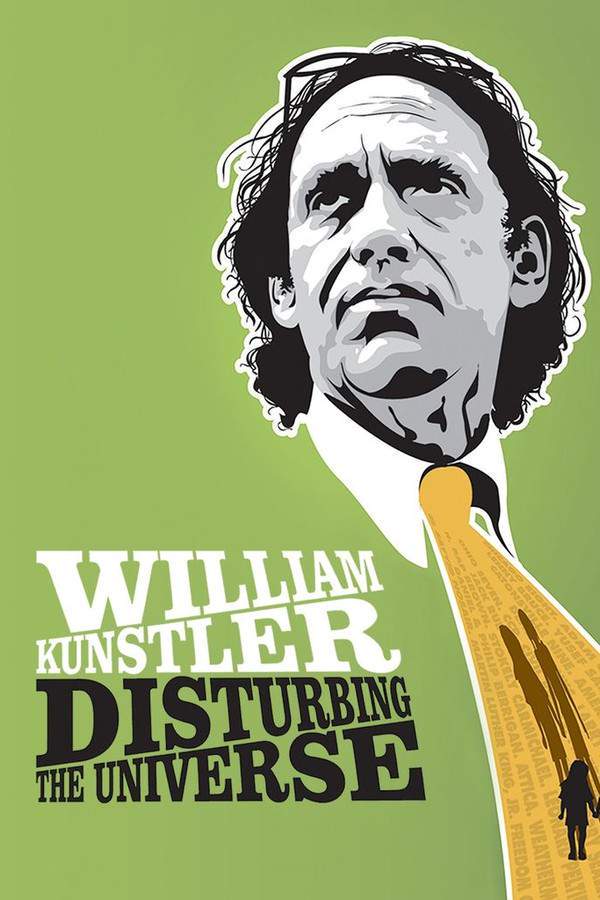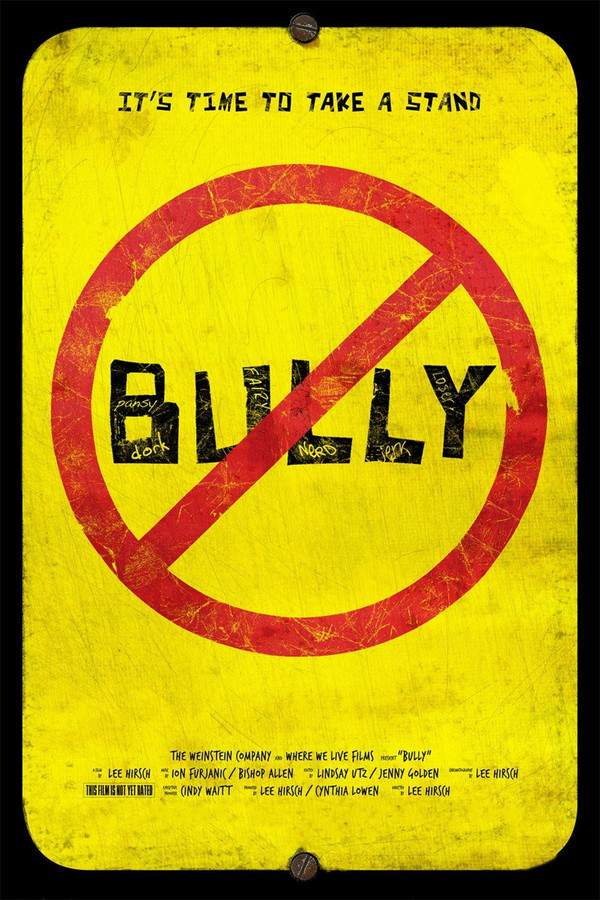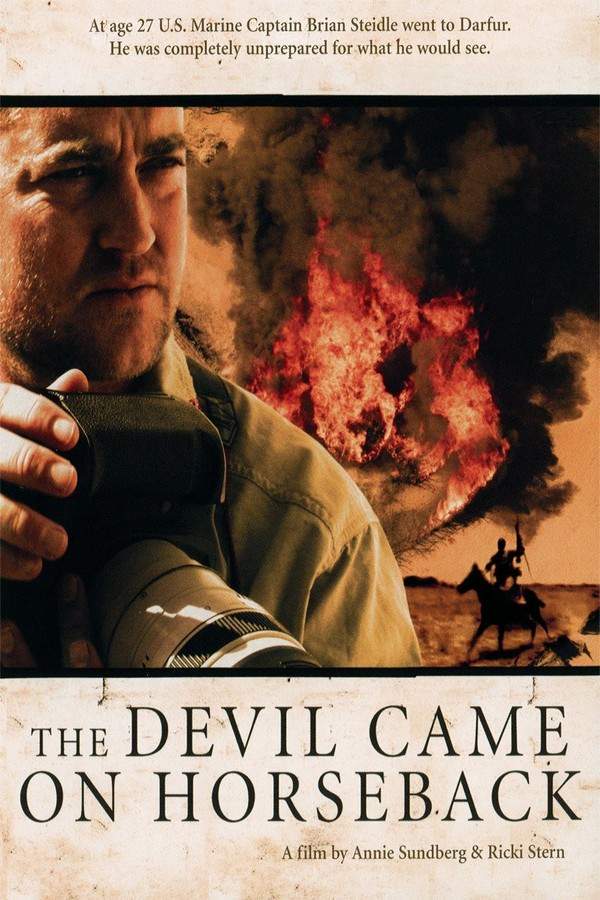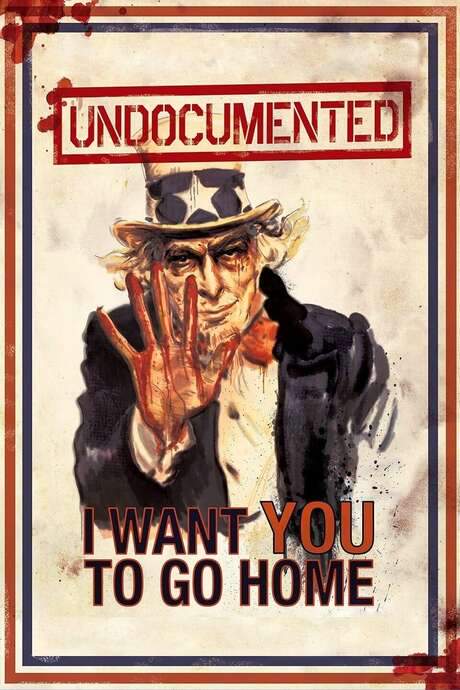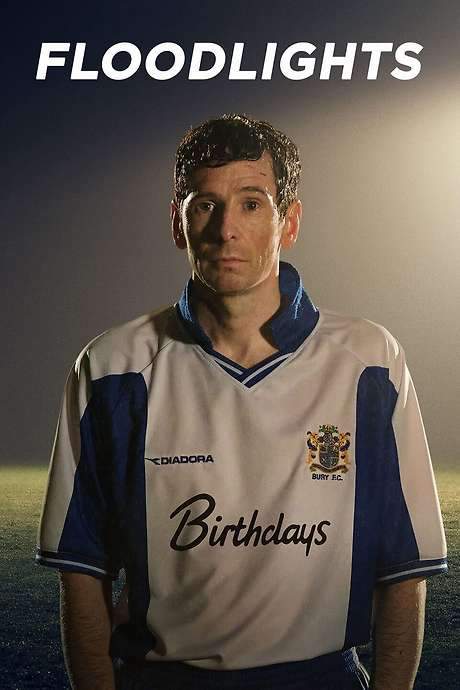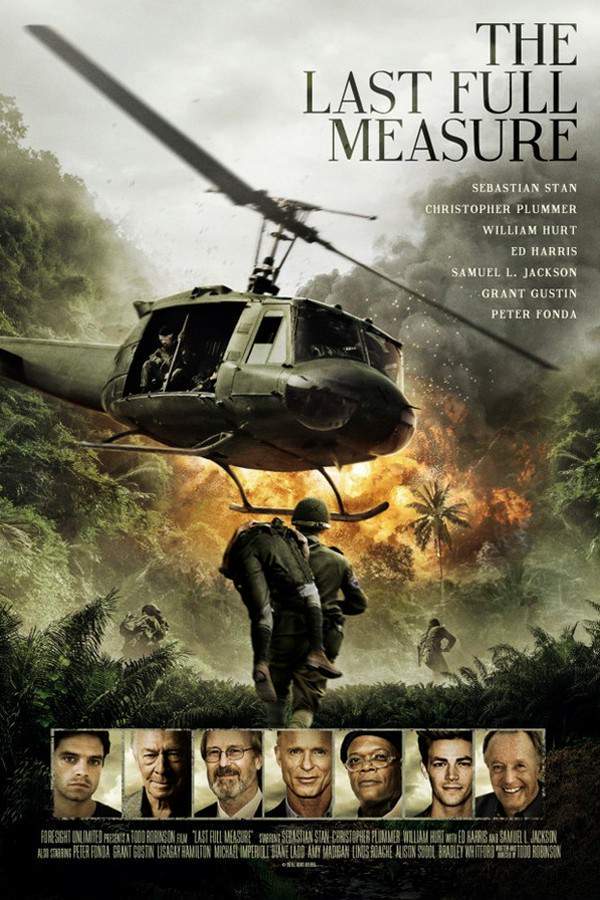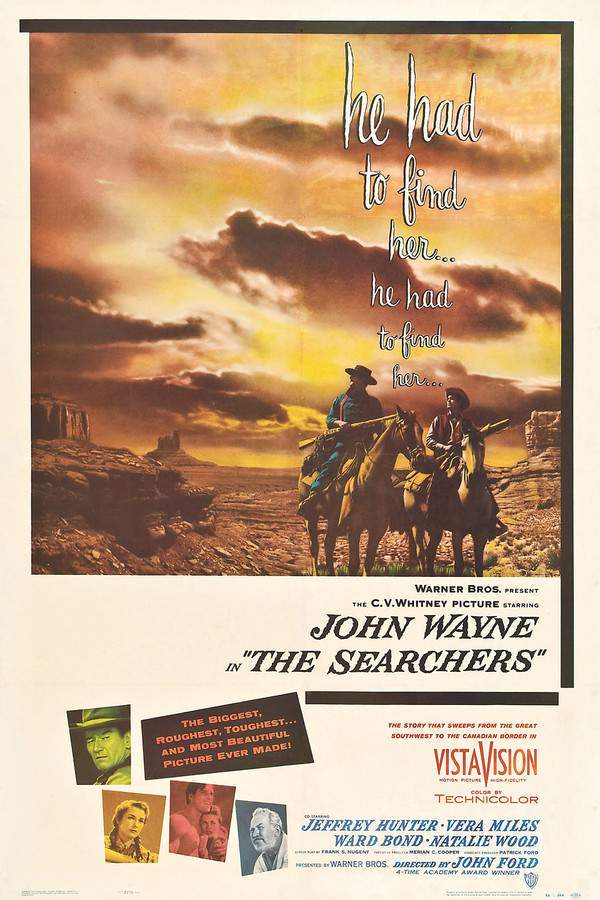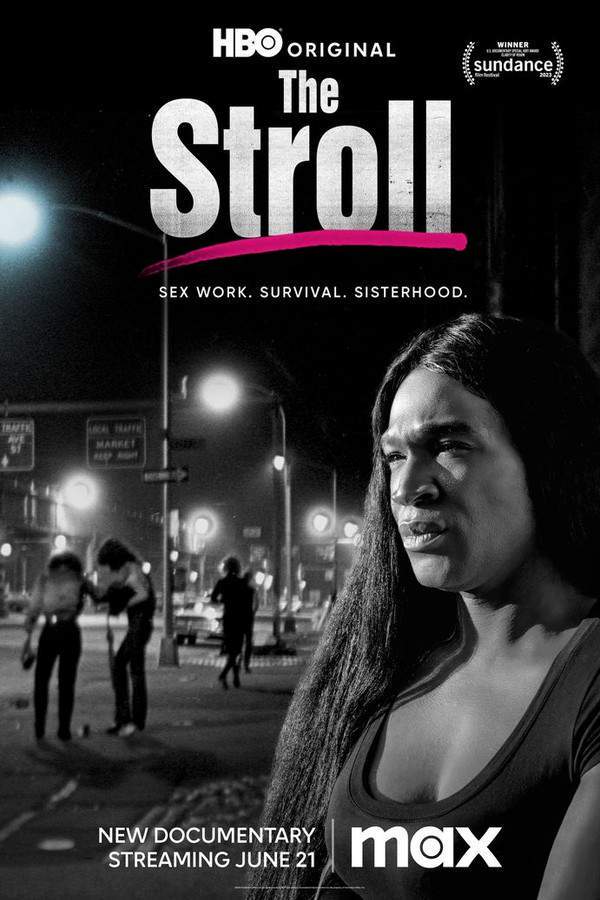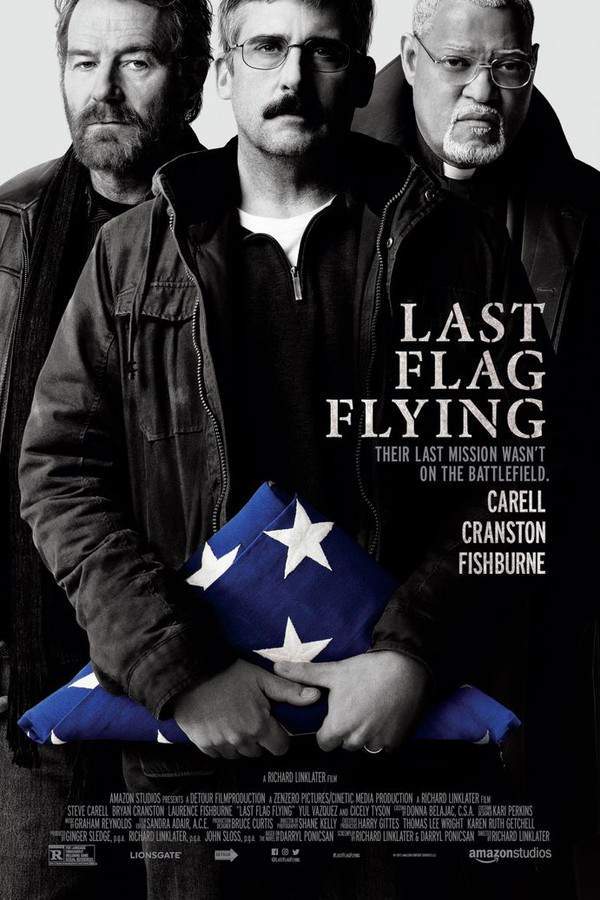
We Were Children
Year: 2012
Runtime: 88 mins
Language: English
Director: Tim Wolochatiuk
For over 130 years until 1996, more than 100,000 First Nations children in Canada were compelled to attend government-funded residential schools operated by various Christian organizations. These 80 schools across the country often located children far from their families and traditional territories. The experiences within these institutions included brutality, harsh conditions, and efforts to erase Indigenous culture and language, aiming to assimilate Native populations into Canadian society. The film presents a deeply moving account of the experiences of two children, Glen Anaquod and Lyna Hart, sharing their personal stories of this difficult period in Canadian history.
Warning: spoilers below!
Haven’t seen We Were Children yet? This summary contains major spoilers. Bookmark the page, watch the movie, and come back for the full breakdown. If you're ready, scroll on and relive the story!
We Were Children (2012) – Full Plot Summary & Ending Explained
Read the complete plot breakdown of We Were Children (2012), including all key story events, major twists, and the ending explained in detail. Discover what really happened—and what it all means.
Glen Anaquod and Lyna Hart narrate a careful, unflinching look at the unfortunate history of Indigenous children in Canada who were placed in Christian boarding schools aimed at assimilating them into a different culture. The film moves through decades of pain and perseverance, presenting a mosaic of individual stories that reveal how a system designed to erase identities ended up shaping lives in lasting and often devastating ways. The tone remains respectful and restrained, choosing to document rather than sensationalize, while letting the speakers’ memories carry the weight of what happened.
The story unfolds in the 1950s, when parents either voluntarily sent their children to distant schools or were compelled to part with them. Lyna’s mother begins the long, wrenching process of saying goodbye as she prepares for a journey that will separate a young child from home. A man arrives to take Lyna away, and the family’s grief is palpable in the moment of separation. The film emphasizes the emotional toll on families who were torn apart by these relocations, not just the physical distance involved. Lyna is a toddler, and the system immediately strips away personal names in favor of numbers, with hair shaved and hair care reduced to a bandanna-wrapped routine that must be maintained for days. The environment at the school becomes a regimented world where children are housed in large dormitory spaces—about 120 beds in one facility—expected to attend church weekly and recite prayers multiple times a day. Language becomes a point of punishment; English is encouraged, and those who cling to their native tongues face consequences as the staff enforces a strict linguistic order. The film presents early scenes of defiance—like a young boy speaking in his mother tongue and facing corporal punishment—illustrating the coercive effort to suppress Indigenous languages and cultures.
Glen’s arc offers a stark counterpoint within the same institution. He is led to believe he will be going home for a visit, only to be drawn into the priest’s house, urged to explore hidden spaces, and eventually trapped in a small, dark room beneath the floor. The escape into the tunnels and the locked door becomes a claustrophobic portrait of loneliness and fear. Glen’s pleas through the thin walls underscore the silence that often surrounded the children, with adults in positions of supposed care failing to intervene in time. The moment captures a pervasive sense of abandonment that threads through the narrative: the adults appear to be preoccupied or absent when a child most needs help, and the consequences of those gaps reverberate long after the moment passes.
The film also follows Lyna’s experience, showing how fear, hunger, and confusion intersect with fleeting moments of small mercy. A disturbing counterpoint emerges when an older student reveals to Lyna a picture of purgatory and Heaven, presenting a stark contrast between spiritual ideas and the brutal reality of daily life at the school. Lyna’s appetite is compromised by the irregular, unsupportive meals: porridge and dry milk become a burden on a body not accustomed to such sustenance, contributing to episodes of fainting and medical visits. The story climaxes with a silent, chilling memory: a nurse’s absence at night reveals something unspeakable—a priest’s sexual abuse of a boy. Lyna’s attempts to speak, initially hampered by language barriers, become a crucial thread as she finally finds the courage to describe what she witnessed in English, provoking strong reactions from the adults around her. The film juxtaposes acts of care—moments when a sister tries to help and a nurse’s frustration with the child’s refusal to eat—with acts of abuse that shatter trust and safety.
As the years pass, the narrative shows a pattern of power and control. Two priests drift in and out of the children’s world, visiting locked spaces and returning with new stories of discipline. A few of the older children take tentative steps toward resistance, attempting to push back against the authority figures who patrol their days. Meanwhile, Lyna learns to navigate the complex emotional landscape of the school: she begins taking on chores in the kitchen, sometimes stealing small glimmers of comfort—fruits and pastries—that are scarce elsewhere. Her quiet acts of solidarity with others—sharing or sneaking food when possible—reveal a resilience that persists despite pervasive hardship. A strict nightwatch by a nun momentarily interrupts these small acts of solidarity, but the film also shows moments of unexpected kindness, such as bringing bread, peanut butter, and cocoa to the children.
The period of school life stretches into years rather than months. By the time the children approach adolescence, the system still wields control, but some begin to find ways to endure and to hope. When the students near the end of their time at the school, around the age of eighteen, many of them leave with complicated mixtures of relief and trauma. Lyna completes her time at the institution, while Glen—an orphan who had no guaranteed family to return to—turns to alcohol and contemplates escape into the mountains with a rifle. He ultimately decides to stay behind for the sake of his future children, a moment that pivots from despair toward responsibility and protection.
Historically, the film places these personal stories within a broader context. It notes that in the late 1850s Canada began legally enforcing attendance at Indian residential schools for Indigenous children, a policy intent understood by some as an effort to erase Indigenous cultures. The film also recalls a formal apology delivered by Prime Minister Stephen Harper in 2008, a public acknowledgment that the purpose of these schools was to “kill the Indian in the child.” The numbers offer a stark tally: at one point there were over 80 such schools, and the legacy has left a poignant imprint in the lives of survivors. Today, the film states, there are over 80,000 residential school survivors, a sobering reminder of the long shadow cast by these institutions. The historical thread connects personal memory to a national narrative, inviting reflection on the consequences of forced assimilation and the resilience of those who endured it.
In the end, the film preserves memory as a form of testimony. It refuses to sensationalize, choosing instead to let the voices of those who lived through these experiences speak with quiet dignity. It is a careful, expansive portrait of trauma, survival, and the fragile history that Indigenous families carry with them across generations. The story remains a call to recognize the harm done, to honor the memories of those who did not survive as well as those who did, and to acknowledge the ongoing need for reconciliation and understanding.
Last Updated: October 01, 2025 at 10:21
Explore Movie Threads
Discover curated groups of movies connected by mood, themes, and story style. Browse collections built around emotion, atmosphere, and narrative focus to easily find films that match what you feel like watching right now.
Movies like We Were Children: Unflinching Survivor Testimony
First-hand accounts of trauma and resilience against systemic injustice.If you were moved by the powerful personal accounts in We Were Children, explore more movies that feature survivor testimony and historical reckoning. These films share a respectful, restrained approach to heavy topics, focusing on resilience and the importance of bearing witness to injustice.
Narrative Summary
Stories in this thread typically unfold through direct testimony or flashbacks, reconstructing a painful past from the perspective of those who lived it. The journey is one of revisiting trauma to reclaim identity and seek understanding, often moving from silence to voice.
Why These Movies?
Movies are grouped here for their shared commitment to presenting traumatic history through the lens of survivor experience. They connect through a heavy emotional weight, a dark but dignified tone, and a focus on resilience in the aftermath of systemic abuse.
Documentaries with a similar pace and tone to We Were Children
Methodical and dignified examinations of difficult chapters in history.For viewers who appreciated the steady, respectful pacing of We Were Children, this section highlights similar documentaries and dramas. These films explore difficult historical events with a methodical approach, prioritizing depth and emotional impact over speed, perfect for those seeking a contemplative viewing experience.
Narrative Summary
The narrative pattern is one of careful exposition, often building a case or revealing a history piece by piece. The structure is frequently chronological or thematic, focusing on creating a comprehensive understanding rather than thrilling twists, leading to a conclusion that acknowledges profound loss while often hinting at the necessity of remembrance.
Why These Movies?
These films share a specific mix of tone, pacing, and intensity. They are united by a dark subject matter approached with a steady, non-exploitative pace, a high emotional weight, and a bittersweet or sobering ending feel that emphasizes the importance of the story itself.
Unlock the Full Story of We Were Children
Don't stop at just watching — explore We Were Children in full detail. From the complete plot summary and scene-by-scene timeline to character breakdowns, thematic analysis, and a deep dive into the ending — every page helps you truly understand what We Were Children is all about. Plus, discover what's next after the movie.
We Were Children Timeline
Track the full timeline of We Were Children with every major event arranged chronologically. Perfect for decoding non-linear storytelling, flashbacks, or parallel narratives with a clear scene-by-scene breakdown.

Characters, Settings & Themes in We Were Children
Discover the characters, locations, and core themes that shape We Were Children. Get insights into symbolic elements, setting significance, and deeper narrative meaning — ideal for thematic analysis and movie breakdowns.

We Were Children Spoiler-Free Summary
Get a quick, spoiler-free overview of We Were Children that covers the main plot points and key details without revealing any major twists or spoilers. Perfect for those who want to know what to expect before diving in.

More About We Were Children
Visit What's After the Movie to explore more about We Were Children: box office results, cast and crew info, production details, post-credit scenes, and external links — all in one place for movie fans and researchers.




